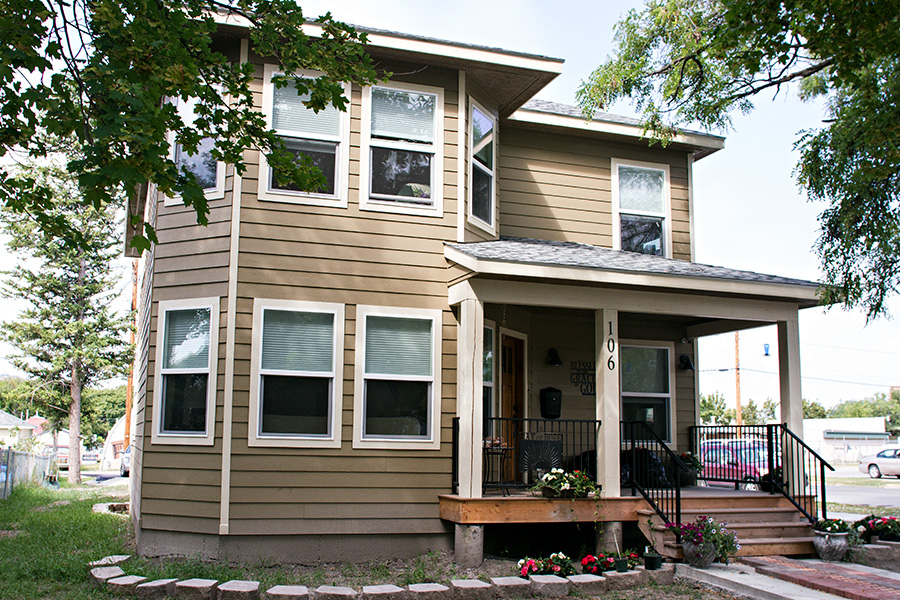On a chilly evening in the late 1990s, Peggy Christensen was preparing to close her thrift store, which she established with her husband Bob, for the night when an injured World War II veteran wandered in the door. He was going to see a doctor for a leg problem the next day but didn’t have a place to stay. So, Christensen pulled out a mat and let him sleep in the store.
The next night he returned with a few of his friends, and soon enough the store was doubling as a shelter with dozens of mats covering the floor. A Ray of Hope was born.
Within the next few years, Christensen closed her original store and established a more formal homeless shelter, first at a location on Appleway Drive and then in a house in downtown Kalispell for which a local do-gooder had paid the down payment. Since then, A Ray of Hope has expanded with the establishment of Hope Thrift on Sixth Avenue West in 2010 and the founding of the Helmville Retreat, a Christian ministry aimed at helping people recover from drug and alcohol addictions.
Through it all, Christensen dreamed of creating a shelter specifically for women and children, and after two decades of work, her wish has finally come to fruition with the opening of Peggy’s House — a shelter across the street from the charity’s main office — which aims to assist women and their children enduring hardships to get back on their feet and learn the necessary skills to restart their lives.
“We give them a hand up, not a hand out,” Christensen said, reciting the organization’s motto.
According to the findings of the Montana Homeless Point-In-Time 2018 Survey, 233 people identified as homeless in the Flathead Valley as well as 90 people who identified as enduring housing instability, meaning they teetered on the brink of homelessness.
The process of establishing the new shelter began about four years ago after a local benefactor purchased and donated the property at 106 Fifth Ave. W. to the charity. Volunteers first had to demolish the dilapidated house, known as the Busey House, which originally stood on the land, before starting the new construction.
Christensen, who learned she had cancer around this time, recounted the struggle to find the necessary resources to move forward with the shelter’s construction. She said that while sitting in her hospital room surrounded by flowers and notes from friends and family, she thought, “Could they please send that toward building the house?”
She began asking community members to donate to the shelter instead and used the support to finish the construction of the three-story house debt-free. Christina Vachal, the manager of the charity’s main shelter, noted that the shelter was “pretty much funded by this community.”
According to Rachelle Thompson, the live-in manager of Peggy’s House, the three-level home consists of more than 4,000 square feet with nine bedrooms, including handicap-accessible accommodations, four-and-a-half bathrooms, two washers and dryers, and a play room in the basement.
Thompson, who first encountered a Ray of Hope as a resident seeking a sober living environment and vowed to volunteer with the organization for a year to give back, said that eight women had contacted the shelter in previous months to get on the waiting list for a bed in Peggy’s House. She said she would be calling each of them to see if they still need accommodations.
Once in the house, Vachal explained, the women have access to different skill-building programs like parenting classes to help them reestablish their lives. Unlike many shelter programs, A Ray of Hope does not have formal limitations on how long residents can stay.
“I’ve never seen anyone turn a life around in 10 to 30 days,” Christensen said.
With residents already beginning to move in — Vachal noted the house can accommodate up to 23 people — volunteers and residents have spent time decorating the interior.
“It looks like a home,” Vachal said.
